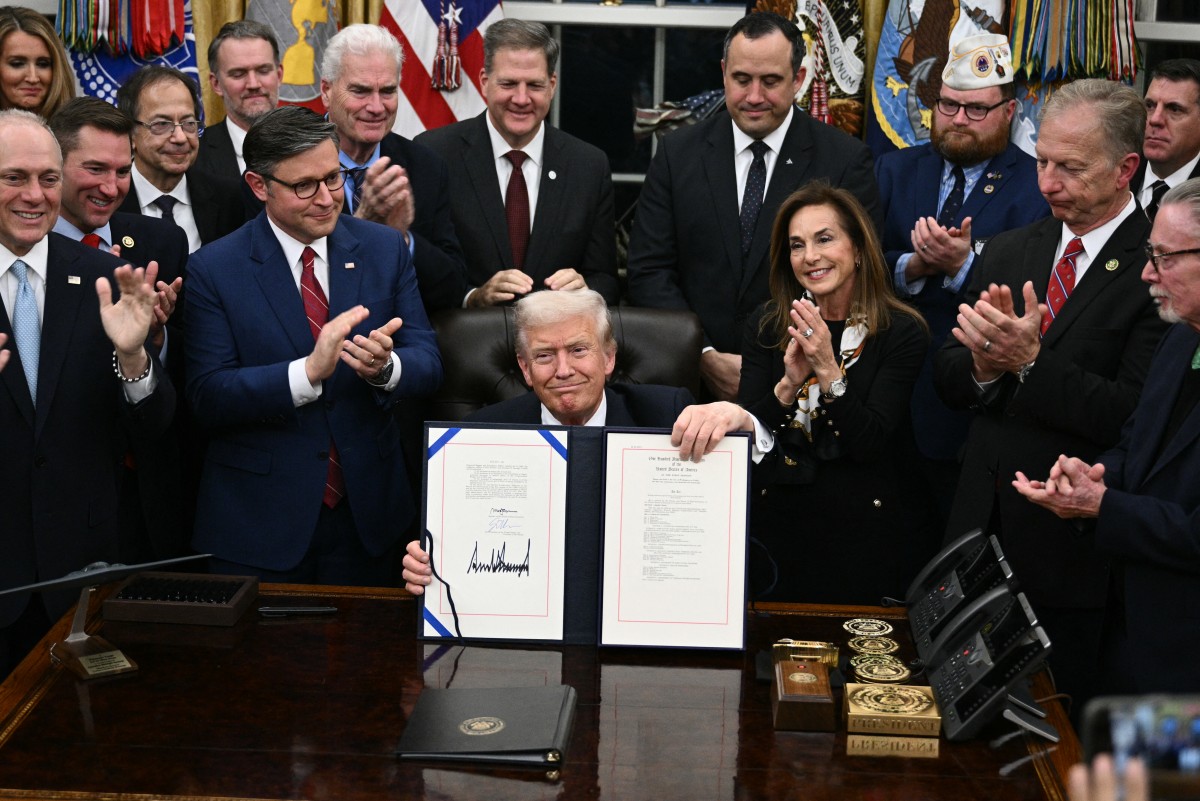The 2025 U.S. government shutdown, lasting from October 1 to November 13, became the longest in the country's history. Triggered by fierce partisan battles over healthcare subsidies, budget priorities, and executive budget authority, the shutdown disrupted federal operations and had deep political, economic, and social impacts. President Donald Trump eventually signed a funding deal, but its aftermath is likely to shape the political landscape through the 2026 midterms and beyond.
What Caused Shutdown
The immediate cause was Congress's failure to pass appropriations for the 2026 fiscal year, which began October 1. A key sticking point was whether to renew expiring healthcare subsidies under the Affordable Care Act (ACA). Democrats demanded protected subsidies, while Republicans—following Trump’s budget priorities—refused, framing subsidy renewal as fiscally irresponsible. Tensions worsened after the Trump administration delayed disbursement of congressionally approved funds, leveraging the impoundment authority to withhold money for certain federal programs. Attempts by Democrats to restrict this executive authority further stalled negotiations.
Additional friction arose from demands to include or exclude so-called "pocket rescissions"—presidential power to cancel previously approved funds. Budget hawks insisted on $9 billion in cuts (affecting diplomacy, foreign aid, and media funding), which Democrats resisted. Social programs, like food stamps, assistance for women and children, housing aid, and even military pay, became bargaining chips, deepening the partisan divide. By late October, opposition hardened with no “clean continuing resolution” in sight.
How Shutdown Ended
After more than six weeks of deadlock, rising public pressure, halted paychecks, and mounting economic losses pushed Congress to compromise. The Senate passed a stopgap bill with overwhelming Republican support, joined by a handful of Democrats and one Independent. The bill funded the government through the remainder of the fiscal year and partially restored ACA subsidies, but deferred deeper debates to early 2026.
President Trump signed the bill late on November 12, reopening federal agencies and restoring pay to millions of employees. The compromise left some unresolved issues (notably, long-term healthcare funding and executive budget authority), foreshadowing renewed battles next year.
Political Consequences
The shutdown’s political fallout will shape the 2026 midterms. Republicans tout deficit control, but face criticism for risking federal paychecks and critical services. Trump positioned himself as budget disciplinarian while eventually conceding on some healthcare demands—likely boosting his party’s conservative base, but alienating moderates and low-income constituencies.
Democrats emphasized the human impact—lost benefits, delayed services, rising hardship—and blamed the administration’s refusal to compromise. However, their prolonged stand on subsidy renewals drew accusations of obstructing government operations for partisan gain.
Those at greatest political risk include:
Moderate Republicans from swing districts, facing anger from furloughed workers and constituents reliant on federal aid.
Hardline Democrats who opposed compromise, now vulnerable to criticisms of inflexibility.
Congressional leaders from both parties, who struggled to project control and unity.
The shutdown exposed deeper institutional weakness and further eroded public trust in Washington, making future budget negotiations even more volatile.
Economic and Financial Impact
The Congressional Budget Office estimated an $18 billion hit to GDP in Q4 2025 due to the shutdown. Federal pay deferments and halted grants disrupted local government budgets, slowed infrastructure projects, and triggered layoffs in sectors dependent on federal contracts.
Key economic effects included:
Missed paychecks for up to 4.5 million federal and military employees, totaling $21 billion in unpaid wages if the shutdown had continued into December.
Suspension of SNAP and WIC benefits by late October, affecting millions of low-income families.
Delayed energy assistance programs as winter approached, increasing hardship for vulnerable populations.
Loss of community development grants and cancellation or delay of flights due to lack of federal air traffic oversight.
Markets responded with volatility; the S&P 500 dipped 4% during October as uncertainty swelled, though recovered most losses once the shutdown ended. Bond yields rose slightly amid fears of further fiscal dysfunction.
Social Consequences
The longest shutdown in history created widespread hardship. Federal employees scrambled to meet expenses, with credit unions issuing zero-interest loans to tide them over. Disruptions to disability, housing, and nutritional assistance programs hit the most vulnerable: widespread appeals for charitable relief and local government intervention intensified.
School meal programs, transportation subsidies, and healthcare cards all faced delays. Residents in affected areas engaged in protests, petitions, and calls to Congress demanding urgent resolution of the impasse.
Who Pays the Political Price?
Moderate legislators from both parties will face tough questions about their roles in the impasse and may be challenged for reelection.
Trump and Republican leaders could lose support among federal workers, low-income families, and business groups who suffered financially.
Democrats who dug in on ACA funding could be criticized for contributing to operational paralysis, particularly if further budget crises follow.
The most immediate losers are lower-income Americans reliant on federal benefits and regional economies with heavy federal employment. As the political mood sours, the next round of budget negotiations will reflect the scars left by this historic shutdown.
Outlook
The 2025 shutdown set new precedents for budget brinkmanship and partisan warfare. Its resolution—fragile and incomplete—suggests future standoffs are likely unless electoral incentives for compromise improve. Major questions about healthcare, budget authority, and social spending remain open, ensuring that the lessons of fall 2025 will echo through Washington and beyond.
Please post your comments on:
[email protected]
 Politics
Politics














